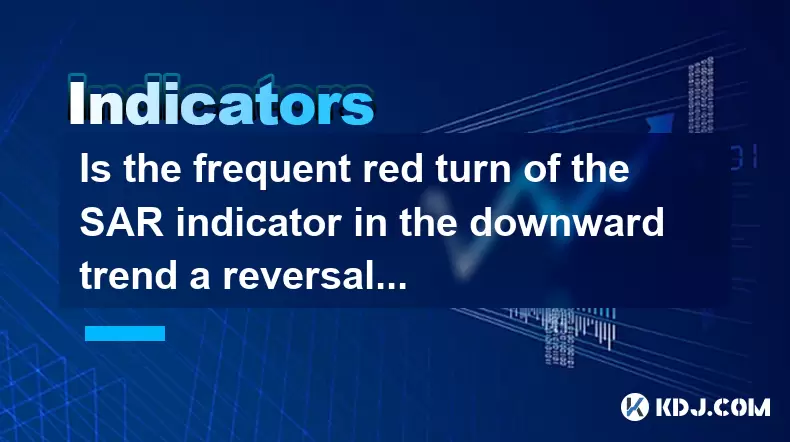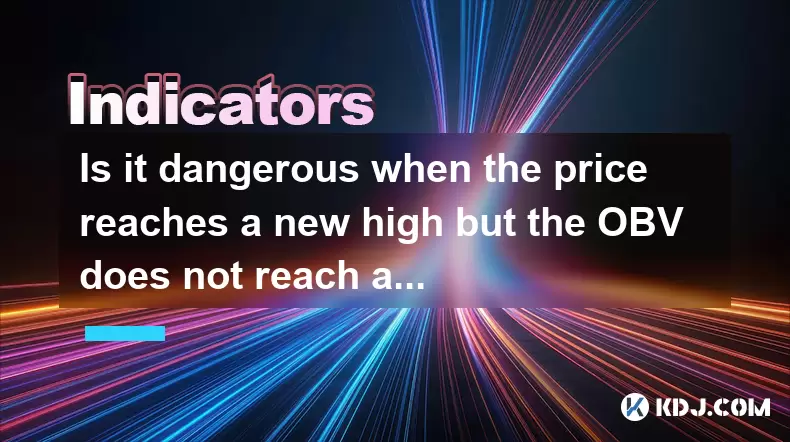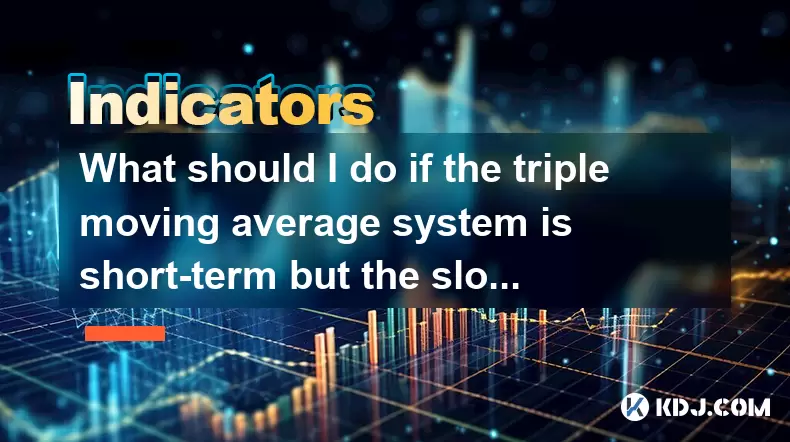-
 Bitcoin
Bitcoin $106,754.6083
1.33% -
 Ethereum
Ethereum $2,625.8249
3.80% -
 Tether USDt
Tether USDt $1.0001
-0.03% -
 XRP
XRP $2.1891
1.67% -
 BNB
BNB $654.5220
0.66% -
 Solana
Solana $156.9428
7.28% -
 USDC
USDC $0.9998
0.00% -
 Dogecoin
Dogecoin $0.1780
1.14% -
 TRON
TRON $0.2706
-0.16% -
 Cardano
Cardano $0.6470
2.77% -
 Hyperliquid
Hyperliquid $44.6467
10.24% -
 Sui
Sui $3.1128
3.86% -
 Bitcoin Cash
Bitcoin Cash $455.7646
3.00% -
 Chainlink
Chainlink $13.6858
4.08% -
 UNUS SED LEO
UNUS SED LEO $9.2682
0.21% -
 Avalanche
Avalanche $19.7433
3.79% -
 Stellar
Stellar $0.2616
1.64% -
 Toncoin
Toncoin $3.0222
2.19% -
 Shiba Inu
Shiba Inu $0.0...01220
1.49% -
 Hedera
Hedera $0.1580
2.75% -
 Litecoin
Litecoin $87.4964
2.29% -
 Polkadot
Polkadot $3.8958
3.05% -
 Ethena USDe
Ethena USDe $1.0000
-0.04% -
 Monero
Monero $317.2263
0.26% -
 Bitget Token
Bitget Token $4.5985
1.68% -
 Dai
Dai $0.9999
0.00% -
 Pepe
Pepe $0.0...01140
2.44% -
 Uniswap
Uniswap $7.6065
5.29% -
 Pi
Pi $0.6042
-2.00% -
 Aave
Aave $289.6343
6.02%
Is the frequent red turn of the SAR indicator in the downward trend a reversal signal?
The SAR indicator's red turns in a downtrend often signal temporary pullbacks, not reversals, especially in volatile crypto markets.
Jun 16, 2025 at 04:50 pm

Understanding the SAR Indicator in Cryptocurrency Trading
The SAR indicator, or Parabolic SAR, is a widely used technical analysis tool among cryptocurrency traders. It helps identify potential reversals in price trends by plotting dots either above or below the price chart. When these dots flip from one side of the price to the other, they signal a change in momentum. In a downward trend, frequent red turns (dots flipping above the price) can raise questions about whether this indicates an imminent reversal or merely a temporary pullback.
Red turns occur when the SAR switches from being below the price (indicating an uptrend) to above it (suggesting a downtrend). However, in a strong bearish market, these signals may appear frequently and mislead traders who interpret them as reversal opportunities.
How the SAR Indicator Functions During a Downtrend
In a consistent downtrend, the SAR typically remains above the price candles. The acceleration factor increases as the trend continues, causing the SAR to move closer to the price line. This tightening effect often results in multiple red dot appearances within short timeframes, especially during minor bullish corrections.
- Acceleration Factor: As the downtrend persists, the SAR accelerates downward faster than the price movement.
- Dot Positioning: Each red dot suggests a possible reversal but does not guarantee one, particularly in volatile crypto markets.
- False Signals: Frequent red turns in a downtrend are often false alarms rather than actual trend reversals.
Traders must understand that the SAR is most effective in trending environments and less reliable in choppy or sideways conditions. In cryptocurrencies, where volatility is high, interpreting these signals requires additional confirmation tools.
Distinguishing Between Reversal and Continuation Patterns
A common challenge for traders is distinguishing between a genuine trend reversal and a continuation of the existing downtrend. Frequent red turns during a bearish phase might indicate short-term buying pressure but do not necessarily suggest a full-scale reversal.
- Volume Confirmation: Rising volume during a red turn could support a reversal hypothesis.
- Candlestick Patterns: Bullish candlesticks like hammers or engulfing patterns near key support levels increase the likelihood of a reversal.
- Moving Averages: If the price crosses above critical moving averages (e.g., 50-day or 200-day), it strengthens the reversal case.
However, if red turns occur without significant volume or supportive candlestick formations, they are more likely to represent brief corrections rather than trend changes.
Practical Steps to Evaluate SAR Red Turns in Downward Trends
To avoid premature entries based solely on SAR flips, traders should follow a structured approach:
- Step 1: Confirm with Price Action – Look for rejection at resistance zones or bullish engulfing patterns after a red dot appears.
- Step 2: Check Key Levels – Identify major support or resistance areas where reversals are more plausible.
- Step 3: Analyze Volume – Use volume indicators like OBV or simple volume charts to confirm buying interest.
- Step 4: Apply Additional Indicators – Combine RSI or MACD to filter out false SAR signals.
- Step 5: Set Risk Parameters – Always place stop losses and manage position sizes even when signals align.
These steps ensure that SAR red turns are not interpreted in isolation but as part of a broader analytical framework.
Common Misinterpretations of SAR Signals in Crypto Markets
Cryptocurrency markets are known for their high volatility and rapid directional shifts. Traders often fall into traps when interpreting SAR signals due to the following misconceptions:
- Assuming Every Flip Is a Signal – Frequent SAR flips in crypto can be misleading because of the asset class’s erratic nature.
- Neglecting Market Context – Failing to assess whether the market is in a trending or ranging phase leads to incorrect use of the SAR.
- Over-Reliance on One Indicator – Using SAR alone without confirming tools increases the risk of false positives.
These errors highlight the importance of using the SAR in conjunction with other tools and maintaining a disciplined trading strategy.
Frequently Asked Questions
Q: Can the SAR indicator be used effectively in sideways crypto markets?
A: The SAR tends to generate many false signals in range-bound or sideways markets. It performs best in strongly trending environments, making it less suitable for non-directional price action.
Q: How does the SAR compare to other reversal indicators like RSI or MACD?
A: Unlike RSI or MACD, which provide overbought/oversold readings or histogram-based momentum shifts, the SAR focuses specifically on trend direction and potential reversals through price positioning.
Q: Should I exit my short position every time the SAR turns red in a downtrend?
A: No. Exiting based solely on SAR flips can lead to early exits and missed profits. Instead, evaluate each red turn with supporting factors such as volume, price structure, and other indicators before deciding.
Q: What settings are ideal for the SAR when trading cryptocurrencies?
A: While default settings (acceleration factor 0.02, max 0.2) work for many, some traders adjust them to reduce noise. Increasing the acceleration step cautiously may help filter out frequent false signals in highly volatile assets.
Disclaimer:info@kdj.com
The information provided is not trading advice. kdj.com does not assume any responsibility for any investments made based on the information provided in this article. Cryptocurrencies are highly volatile and it is highly recommended that you invest with caution after thorough research!
If you believe that the content used on this website infringes your copyright, please contact us immediately (info@kdj.com) and we will delete it promptly.
- 2025-W Uncirculated American Gold Eagle and Dr. Vera Rubin Quarter Mark New Products
- 2025-06-13 06:25:13
- Ruvi AI (RVU) Leverages Blockchain and Artificial Intelligence to Disrupt Marketing, Entertainment, and Finance
- 2025-06-13 07:05:12
- H100 Group AB Raises 101 Million SEK (Approximately $10.6 Million) to Bolster Bitcoin Reserves
- 2025-06-13 06:25:13
- Galaxy Digital CEO Mike Novogratz Says Bitcoin Will Replace Gold and Go to $1,000,000
- 2025-06-13 06:45:13
- Trust Wallet Token (TWT) Price Drops 5.7% as RWA Integration Plans Ignite Excitement
- 2025-06-13 06:45:13
- Ethereum (ETH) Is in the Second Phase of a Three-Stage Market Cycle
- 2025-06-13 07:25:13
Related knowledge

How to interpret the low opening the next day after the long lower shadow hits the bottom?
Jun 18,2025 at 12:22am
Understanding the Long Lower Shadow Candlestick PatternIn technical analysis, a long lower shadow candlestick is often seen as a potential reversal signal in a downtrend. This pattern occurs when the price opens, trades significantly lower during the session, but then recovers to close near the opening price or slightly above. The long wick at the botto...

How to operate the RSI indicator repeatedly in the 40-60 range?
Jun 18,2025 at 12:56am
Understanding the RSI Indicator and Its RelevanceThe Relative Strength Index (RSI) is a momentum oscillator widely used in cryptocurrency trading to measure the speed and change of price movements. Typically, the RSI ranges from 0 to 100, with levels above 70 considered overbought and below 30 considered oversold. However, when the RSI repeatedly stays ...

Why is the volume ratio suddenly enlarged three times but the price fluctuation is small?
Jun 18,2025 at 04:42am
Understanding the Relationship Between Trading Volume and Price MovementIn the world of cryptocurrency trading, volume is a crucial metric that reflects the number of assets traded within a specific time frame. It often serves as an indicator of market interest and liquidity. However, there are instances where trading volume surges dramatically—sometime...

How strong is the MACD golden cross below the zero axis?
Jun 17,2025 at 11:00pm
Understanding the MACD Indicator in Cryptocurrency TradingThe Moving Average Convergence Divergence (MACD) is one of the most widely used technical indicators among cryptocurrency traders. It helps identify potential trend reversals, momentum shifts, and entry or exit points. The MACD consists of three main components: the MACD line, the signal line, an...

Is it dangerous when the price reaches a new high but the OBV does not reach a new high?
Jun 18,2025 at 06:14am
Understanding On-Balance Volume (OBV) in Cryptocurrency TradingIn the world of cryptocurrency trading, technical indicators play a crucial role in analyzing market behavior and predicting future price movements. One such widely used indicator is the On-Balance Volume (OBV), which helps traders assess the strength of buying or selling pressure behind pri...

What should I do if the triple moving average system is short-term but the slope slows down?
Jun 18,2025 at 04:35am
Understanding the Triple Moving Average SystemThe triple moving average system is a popular technical analysis tool used in cryptocurrency trading. It involves using three different moving averages—typically the short-term (e.g., 10-period), medium-term (e.g., 20-period), and long-term (e.g., 50-period) moving averages. When the short-term average cross...

How to interpret the low opening the next day after the long lower shadow hits the bottom?
Jun 18,2025 at 12:22am
Understanding the Long Lower Shadow Candlestick PatternIn technical analysis, a long lower shadow candlestick is often seen as a potential reversal signal in a downtrend. This pattern occurs when the price opens, trades significantly lower during the session, but then recovers to close near the opening price or slightly above. The long wick at the botto...

How to operate the RSI indicator repeatedly in the 40-60 range?
Jun 18,2025 at 12:56am
Understanding the RSI Indicator and Its RelevanceThe Relative Strength Index (RSI) is a momentum oscillator widely used in cryptocurrency trading to measure the speed and change of price movements. Typically, the RSI ranges from 0 to 100, with levels above 70 considered overbought and below 30 considered oversold. However, when the RSI repeatedly stays ...

Why is the volume ratio suddenly enlarged three times but the price fluctuation is small?
Jun 18,2025 at 04:42am
Understanding the Relationship Between Trading Volume and Price MovementIn the world of cryptocurrency trading, volume is a crucial metric that reflects the number of assets traded within a specific time frame. It often serves as an indicator of market interest and liquidity. However, there are instances where trading volume surges dramatically—sometime...

How strong is the MACD golden cross below the zero axis?
Jun 17,2025 at 11:00pm
Understanding the MACD Indicator in Cryptocurrency TradingThe Moving Average Convergence Divergence (MACD) is one of the most widely used technical indicators among cryptocurrency traders. It helps identify potential trend reversals, momentum shifts, and entry or exit points. The MACD consists of three main components: the MACD line, the signal line, an...

Is it dangerous when the price reaches a new high but the OBV does not reach a new high?
Jun 18,2025 at 06:14am
Understanding On-Balance Volume (OBV) in Cryptocurrency TradingIn the world of cryptocurrency trading, technical indicators play a crucial role in analyzing market behavior and predicting future price movements. One such widely used indicator is the On-Balance Volume (OBV), which helps traders assess the strength of buying or selling pressure behind pri...

What should I do if the triple moving average system is short-term but the slope slows down?
Jun 18,2025 at 04:35am
Understanding the Triple Moving Average SystemThe triple moving average system is a popular technical analysis tool used in cryptocurrency trading. It involves using three different moving averages—typically the short-term (e.g., 10-period), medium-term (e.g., 20-period), and long-term (e.g., 50-period) moving averages. When the short-term average cross...
See all articles

























































































